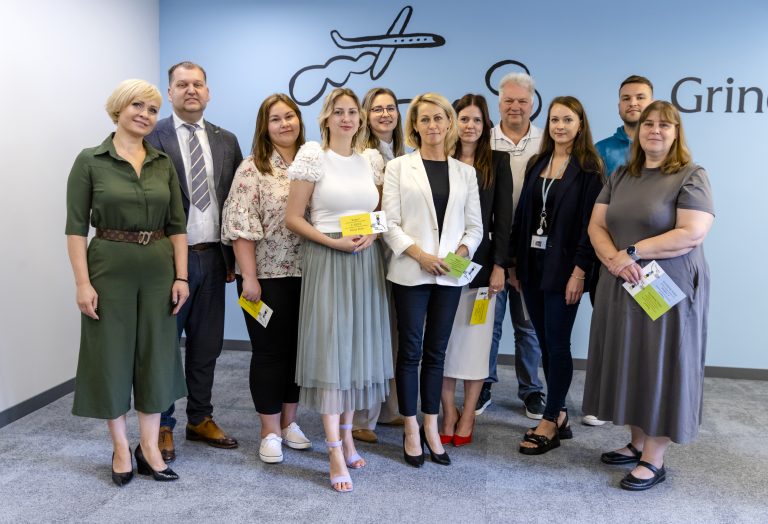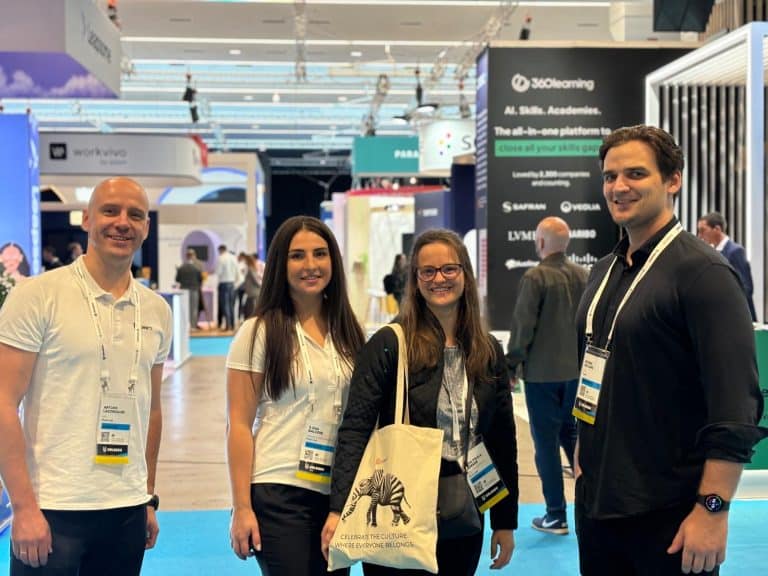Phrases like “Year like no other” and “The new normal” slowly start to feel worn out. But unfortunately, when back in spring 2020, we thought staying put for a couple of months would do the trick; we could not have been more wrong. What was supposed to be a relatively short period of time has become a significant part of our lives and has changed our worldviews forever. Countless small things that we would never even think of have become (almost) normal everyday life.
We have had to adapt to change over and over and over again. To the point that we have become tired of change, and many of us are facing change fatigue. What is yet to come? Everyone hopes that someone will tell. However, by now, no one anymore dares to predict the world to return to what it was just a couple of years ago.
Changes have already been embedded in us – the way we lead both our personal and professional lives. Surely everyone has heard the term “hybrid workplace”, and many of us are thankful for this part of the new reality. However, there are still many details to be figured out to make this way of working a smooth and flawless part of the employee experience. And thus, it will be a topic on HR teams’ tables also in 2022.
Meanwhile, life goes on. We keep pushing towards, and perhaps one day we will, indeed, be ready to cast aside “new” and make it just “normal”. But meanwhile, we can support and help each other to get there. Help each other to feel like we all belong.
2021 has blurred the private and working life even more; thus, it might come as no surprise that next year employers will have to shift from “employees’ experience” to “employees’ life experience”. This includes a broad set of bits and pieces that we will take a look at below, but one stands out above others – Diversity, Equity, and Inclusion (DEI) will become a central focus for many companies. In addition, with Millenials and Gen Z slowly dominating the labour market, companies and their HR teams will have to place an even more considerable emphasis on sustainable organizational culture.
Now, let’s further discuss the employee experience trends for 2022.
Change fatigue
In a survey conducted by Gartner, 54% of the HR leaders named change fatigue as one of their 2022 priorities. Needless to point out the enormous amount of changes that everyone has and continues facing, furthermore, according to Gartner research, small but frequent changes are 2.5 times more fatiguing. To deal with that, leaders should focus on strengthening the trust, which is necessary to implement changes successfully. Trust, of course, means many things, but simplifying, it is about transparency. Engaging employees by asking them to participate in building change – for example, use focus groups, surveys, or interviews to ensure that employees have been listened to, are involved, and understand the needed change. Address change fatigue by building trust, transparency, and engagement.
Work from anywhere (WFA)
Due to repeatedly worsening pandemic situations, when possible, companies have been forced to move their workforce remotely; thereby, the WFA term is familiar. However, it is time to shift from a mindset of collocated-first to distributed-first. By doing so, remotely-working employees will have the same impact as those on-premises. Moreover, it will help all employees feel included and accepted; in other words, it will support the human need to belong. Which further leads the employees to feel heard, valued, and appreciated. For the employer’s part about the benefits of implementing, Spotify’s VP of HR Alexander Westerdahl says it all: “All of a sudden we can tap into talent pools in new markets, bridge the gap between cities and countryside, provide interesting opportunities for people who need to be close to their families and allow for people to balance their private life with their professional life in completely new ways.”
From culture-fit to culture-add as a part of Diversity, Equity, and Inclusion program
Trend, which slowly but steadily is lurking from around the corner, ensures that a candidate will bring a new, fresh perspective and new ideas to the team and the current processes. To be (or to stay) innovative, a fresh view is more than necessary. The concept of company culture gained popularity about 20 years ago, and since then, cultural-fit in the recruiting process has been crucial. Meanwhile, in recent years companies have started to pay more and more attention to embedding Diversity, Equity, and Inclusion (DEI) in their candidate and employee experience. However, hiring for cultural-fit has too often been used to eliminate and discriminate against the candidates.
Hiring for culture will handicap a company’s ability to build a diverse team. Moreover, when organizations hire leaders who “fit right in”, they cannot expect much change, innovation, or progress. “No leader is hired to “keep things as they are,” but this is exactly what you get when you hire replicas of your current leaders.”
With the changes in labour market, the DEI will also increasingly dominate HR to-do lists and employee experience trends worldwide. So it is, without a doubt, worth putting that on your table already today.
Employees’ experience to Employees’ life experience
With the blurred line between one’s professional and private life and the increasing demand/offer of flexible work and working hours, leaders will have to further extend the meaning of employee’s experience to employees’ life experience. With wellbeing being a buzzword during 2021, it will continue to be a buzzword throughout the next year as well. If wellbeing in your company’s dictionary includes social, financial, physical, and career wellbeing, you are in a good place. If it is topped with a high level of employee engagement throughout the organization and flexibility where possible, your people are all set! During times like these, the word “engagement” cannot be emphasized enough




